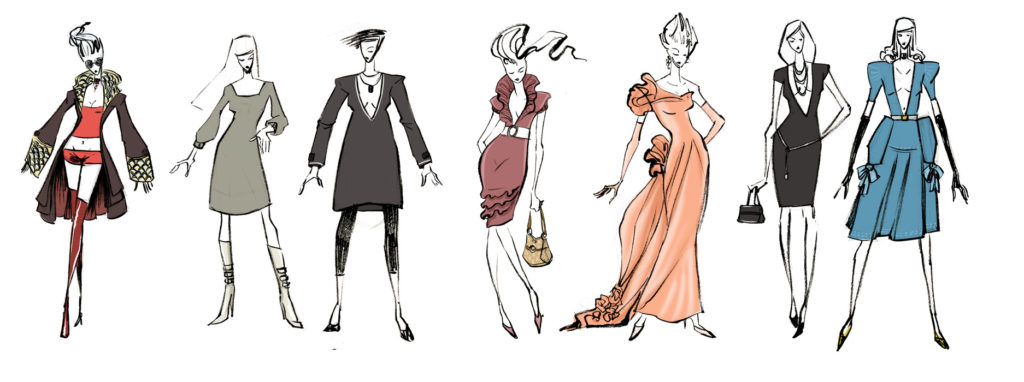The marketing and branding strategies of the fashion industry
The fashion industry is one of the most visible in the world, and this is because you will be constantly inundated with media stories about what is “in” this season and which trends are likely to be appearing in your local stores and malls in the coming months. The marketing and branding strategies of companies involved in the world of fashion are some of the best examples of how an industry can reach out to the general public and make them aware of their products. Fashion company brands and certain clothing lines are now deeply ingrained in the popular consciousness to such a degree that the clothes you wear can mark you out as a certain type of person or can help you feel like you belong to a certain set of people.
Name brands
Most people will be aware of more “name” brands in fashion than in any other sphere of commerce, and what’s more, people often tend to see themselves as liking the products of “company A” or “company B” to an extent that goes far beyond usual brand loyalties. This is because fashion marketing goes far beyond the simple attractions of the items themselves, but encourages people to “buy into” a whole lifestyle that is attached to each brand. This can be especially true of those that are named after a particular designer or famous fashion house with its own unique style that will be applied over their entire range of products.
Ages and seasons
Marketing strategies used in the fashion world can also cover a wide range of variables and appeal to different demographics. Age and gender obviously play a big role in differentiating products and who they will appeal to, but the time of year can also be used across these segregations to cover a much wider possible customer base at any one time. Another way that this effect can be used is seen in the marketing of sportswear. Designers and manufacturers that offer these items now account for some of the biggest trades in the whole industry. Several factors come into play, one being the endorsement of high-profile superstars, and another being the general relaxation of dress codes across society on a day-to-day basis, so casual wear is now accepted in more situations than ever before.
Sports
The way that sportswear is marketed widens its appeal to a far larger audience than simply those who actually want to take part in sporting activities or use specialist clothing as part of a fitness or exercise regime. The fashion industry has long realized that people enjoy wearing sportswear for a variety of reasons, and these can include extra comfort as well as helping to recover from injuries or muscle strains. With color schemes that range from fashionable slate grey that goes with anything, through to practical support items such as arm sleeves, sportswear clothing ranges offer everyday solutions for people who are free from the restrictions of wearing a formal suit and office wear for their job.
New technologies
Another way that the fashion industry markets itself is by showing it to be ahead of the field when it comes to using new tech. This can be as simple as making use of the latest improvements in manmade textiles, which can often include increased efficiency in terms of waterproof garments or “breathable” fabrics. Another way that the industry is currently pushing these types of boundaries is the way that so-called “wearable tech” is being incorporated into clothing items. From simple pockets for smartphones, through to embedded health-monitoring devices or virtual-reality enhancement gear, this is a trend that is likely to grow exponentially in the coming years and offer plenty of new marketing opportunities.
Future marketing
With social media now playing such a big role in the management of brands and marketing campaigns, it is interesting to see how fashion companies are once again leading the way. Whether it is by gaining high-profile celebrity endorsements or simply by using innovative ideas to start trending on networks extremely quickly, there is no doubt that the marketing and branding strategies of the fashion industry are likely to be the ones that show all other industries the way forward. The fact that the brand new and as yet unimagined new online platforms and even revolutionary hardware technologies are also inevitable means that the future of marketing for the fashion industry is certain to be even more exciting than it is today.
Article Written By: Business Day
1

